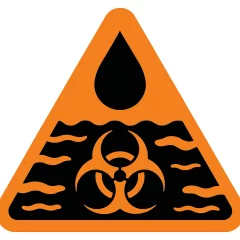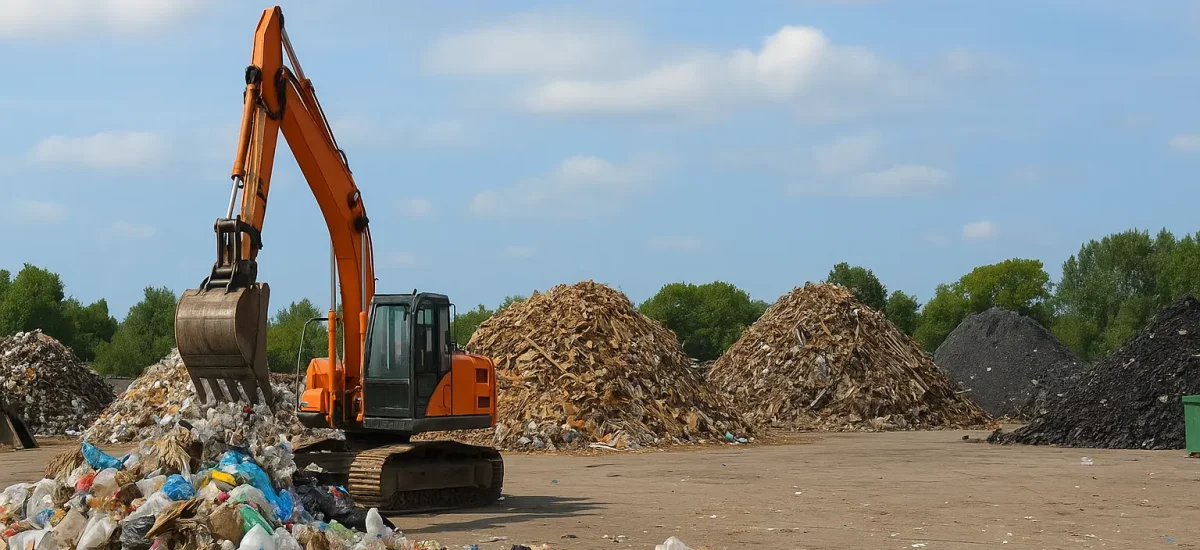I grew up two hours from Kingston. On a cool Saturday, I went to see the coal ash spill site for myself. Not a fun trip, but a real one. I brought boots, an N95 in my bag, a pen, and a cheap camera with a scratched screen. I wasn’t sure how I’d feel. Turns out, I felt a lot at once.
Getting there, and how it hits you
You turn off the highway and the land opens up wide—flat fields, a big river bend, and those tall stacks in the distance. Birds skim the water. The wind smells like wet concrete after rain. Not strong. Just there.
I parked near the greenway at Swan Pond. The trail is new and neat, with smooth gravel and fresh grass. It looks calm. It also sits on top of hard-packed, gray soil that was once ash. That’s a strange thought to carry in your chest while you walk.
I set my hand on the new dike wall. It was cool and rough, big rocks stacked tight. It felt safe. But also not. Walking dikes always brings up memories of the day I walked the berms of a coal slurry pond and felt the ground thrum under my boots.
What I actually saw
- A TVA sign with rules about the trail and the water. Simple, blue and white.
- Orange “Keep Off” markers on fenced areas near the dike.
- A heron standing still like a statue. Then a sudden stab—fish. Nature moves on, I guess.
- Two men fishing under the bridge, talking low about catfish and the Vols.
- Grass that looks normal until the wind cuts across and you see gray dust lift, real faint, like chalk.
I kept my mask in my pocket. The air didn’t seem bad, but when the wind picked up, I slipped it on. Habit. I’m not shy about that anymore.
A short, plain timeline (so we stay honest)
Back in December 2008, part of the ash dike broke at the Kingston Fossil Plant. The Kingston Fossil Plant coal fly ash slurry spill occurred on December 22, 2008, when a dike ruptured at the Tennessee Valley Authority's Kingston Fossil Plant in Roane County, Tennessee, releasing approximately 1.1 billion gallons of coal fly ash slurry. This environmental disaster covered up to 300 acres of land, damaged homes, and contaminated nearby waterways, including the Emory and Clinch Rivers. The cleanup efforts took years and cost over a billion dollars. A lot of coal ash slurry rushed out—over a billion gallons. It spread across fields, covered roads, and slid into the Emory and Clinch Rivers. The cleanup took years and cost a lot—over a billion. Some workers later got sick and took the contractor to court. A jury said the company didn’t keep them safe.
You can still find old photos at the library in town and at the county offices. The pictures look unreal—houses half-buried, a river turned thick and gray. Standing there now, with geese honking and kids on bikes, it’s hard to hold both versions in your head. But you should try.
For a deeper dive into the health risks and legal aftermath of coal waste spills, the nonprofit Sludge Safety Project hosts a clear, regularly updated overview.
People I met and what they said
At a small diner near the bridge, I ordered coffee and a biscuit. The woman at the counter called me “hon,” which felt like home. A retired guy at the corner table told me, “It’s better. But some things you can’t see.” He tapped the newspaper like it had answers. I just nodded.
At the trail, a former cleanup worker—he wore a faded hi-vis jacket—said he lost buddies. He didn’t want to be recorded. I didn’t push. He pointed to the river and said, “Looks fine, don’t it? But we ate dust.” His voice stayed steady, but his hands did not.
Travel tip: if you’re the kind of traveler who likes a straight talk review by day and simple, no-strings adult companionship once the sun sets, you might appreciate browsing the personals at this local-friendly “find a fuck buddy” resource. The platform connects open-minded adults looking for the same uncomplicated vibe, saving you the hassle of endless swipes so you can spend that rare evening in Kingston actually enjoying the company. Likewise, should your road trip later head south toward the border in search of that same laid-back honesty, the curated listings at Doublelist Laredo can quickly plug you into the local scene—no app downloads, just straightforward posts and fast replies that let you make plans without the guesswork.
How it felt to stand there
Here’s the thing: it looks okay. It also feels heavy. I kept thinking about the word “after.” The after of a flood. The after of a fire. This is the after of ash.
The land is quiet. But the quiet holds a list:
- Fish advisories some folks still check.
- New ball fields and a greenway that people use.
- A lot of money spent.
- A lot of trust spent, too.
Should a park sit on ash? Maybe. Maybe not. I’m not an engineer. I just know my stomach went tight when a gust kicked up grit and I tasted chalk on my tongue.
Gear I used and why it helped
- Waterproof boots: trails can be damp near the river’s edge.
- N95 mask: for peace of mind when the wind turns.
- Cheap camera: photos help me remember small things, like the way a warning sign leans.
- Notebook: I wrote down sights and smells, and a few names I won’t print.
Simple stuff, but it set my head straight.
Notes on the water and the land
Folks do fish here, and some say the bite’s good by the pilings. I’m not here to tell you what to eat. If you go, check local guidance first. The banks can be muddy, and some spots are blocked off. Respect the fences. They’re there for a reason.
Birds are back. I saw geese, a red-tailed hawk, and two herons. Life fills the gaps fast, like it always tries to.
A small detour, but tied to this place
A lot of the ash went to a landfill far away in Alabama. That sparked more fights, more pain. It reminds me that cleanup isn’t just shovels and trucks. It’s people. On both ends. We move messes. We don’t erase them. Seeing those ripple effects also pushed me to visit another disaster zone; you can read my first-hand review of a coal slurry spill for that story.
My blunt take
This site shows progress. It also holds grief. Both are true.
If you care about power, money, and the cost of both, go see it. Walk the path. Read the signs. Listen more than you talk. Take a breath when the river widens and the light hits the water just right. You might feel hope. You might feel mad. I felt both, standing there with dust on my boots and the heron lifting off like a slow, gray kite.
Would I come back? Yes—once a year, maybe, when the leaves turn. Not for fun. For memory. For respect. For a clear look at what we make, and what it makes of us.

